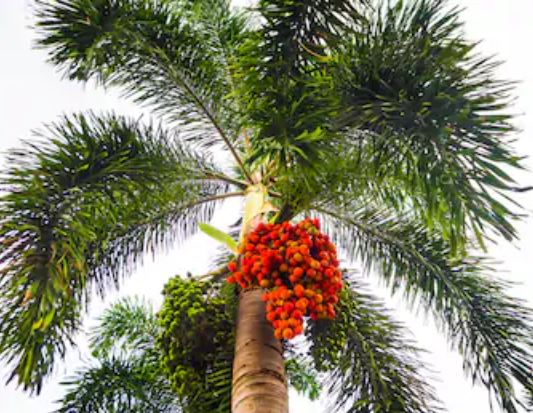The Do's and Don'ts of Palm Pruning
Palms are an iconic sight in Florida and help give your landscaping that coastal look and feel. Palms thrive in our Florida climate but do need regular pruning to ensure they are healthy and well -kept. If not cared for properly, they can become overgrown, prone to disease or injury and make a mess. Dead fronds and seed pods should be removed regularly to keep your palms looking spectacular year-round.





